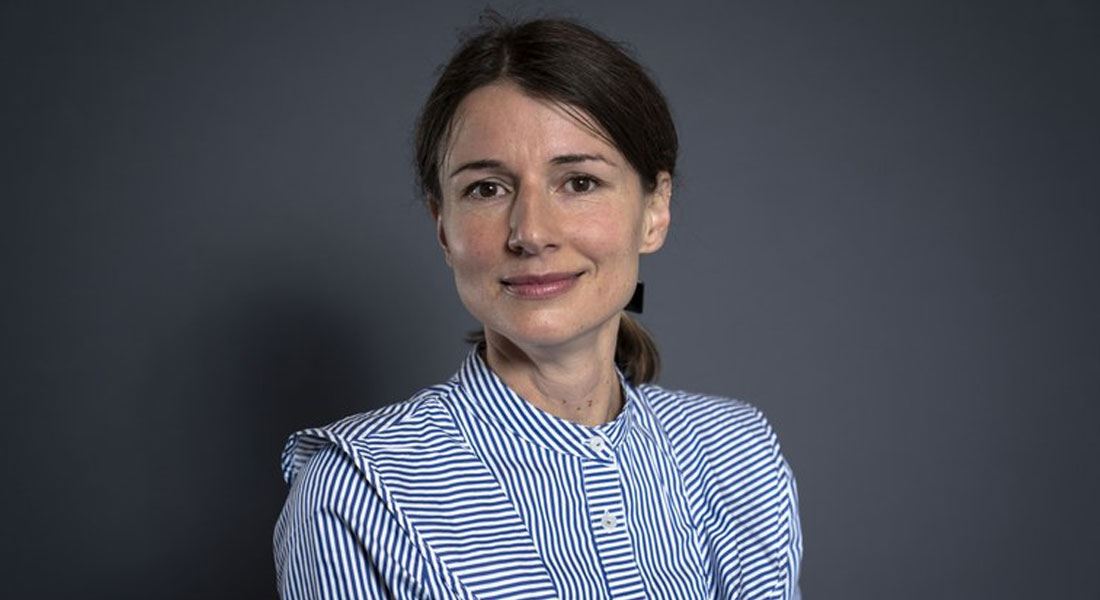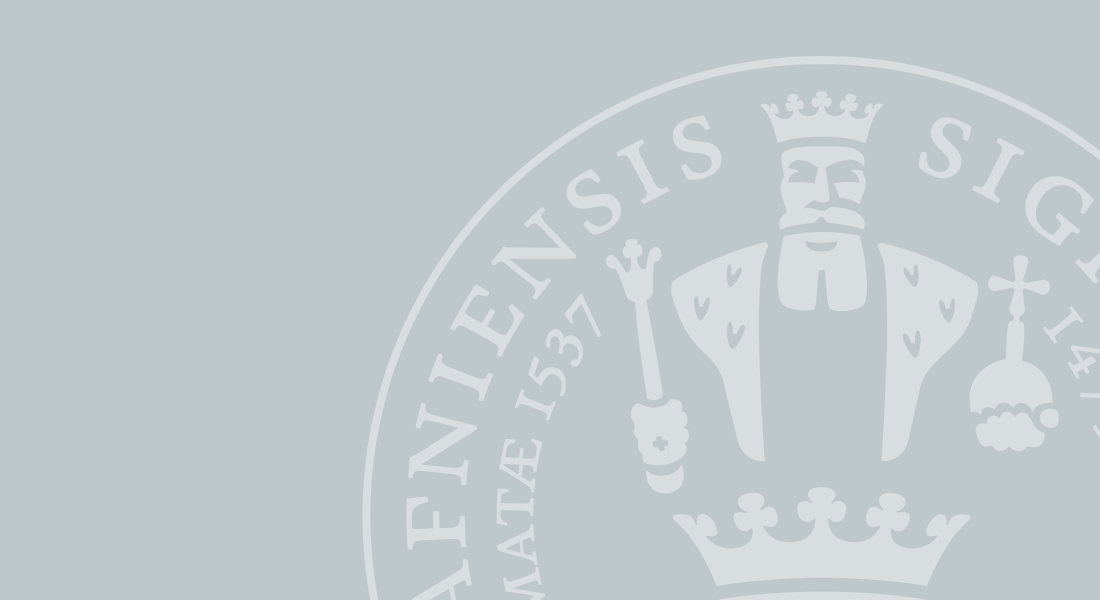Two grants for innovative research to help battle antibiotic resistance
Associate Professor Liselotte Jauffred from the Niels Bohr Institute, Copenhagen University has now received two grants from the Independent Research Fund Denmark to contribute to the search for new strategies to stop antibiotic resistance from spreading. With the use of 3D microscopy and mathematical modeling, she will explore how the spread of antibiotic resistance is influenced by the way microbes organize themselves. Not in a test tube, but in a 3D setting that closely resembles their natural ecosystem.

Although scientists know that microbes cooperate to adapt to new conditions by exchanging genes, it is not yet fully understood how this cooperation is influenced by the way they are organized in their natural habitat, the so-called microbial colony. With her research, Associate Professor Liselotte Jauffred will zoom into these ‘small gated communities’ to get a better understanding for their complex internal organization and the dynamics that cause antibiotic resistance genes to spread. “To prevent drug resistance, we have to understand the mechanics behind it”, she says. “If one cell in one part of a colony is carrying antibiotic resistance, we want to know how and under which conditions this becomes a common feature of the colony”, Liselotte Jauffred explains.
Studying 3D microbial colonies
To closely study the dynamics among microbes, Liselotte Jauffred will be using 3D light- sheet microscopy, a tool that has only become available very recently and literally adds an extra dimension to studying cells. Jauffred is one of the first researchers to apply this novel tool to bacteriology. “We often think of evolution in bacteria as something that happens in a test tube,” she says. “but actually, in nature, bacteria grow either on surfaces or in 3D structures.” With the tool to actually visualize these 3D structures, it becomes possible to get a much better understanding of the spatial organization among cells and the dynamics that are at play.
“When you look into a test tube, all cells are close to each other and they all are equally exposed to the surroundings. But in natural habitats, there is much more going on,” Liselotte Jauffred explains. In their natural colonies, the location of a cell might for example determine how protected it is from the outside and how much access it has to nutrition. These aspects influence the internal self-organization of cells and might affect their collective behavior – for example whether they will collectively become drug resistant or not.
Sapere Aude Research Grant and Inge Lehmann grant
To study 3D colonies of bacteria in this novel way, Liselotte Jauffred has now received two grants from the Independent Research Fund Denmark. As a recipient of the Sapere Aude Research Leader grant, she is one of seven new research leaders at SCIENCE, paving the way towards breakthroughs in research. The Sapere Aude grant is awared to young, talented researchers with original ideas and strong leadership skills. Additionally, Jauffred is awarded the Inge Lehmann grant, which aims to strengthen talent development and equal gender composition in Danish research.
Liselotte Jauffred sees the grants as a great opportunity to continue to build on the interface between biophotonics, mathematical modeling and biology. “My tasks is to create an environment where this all comes into play,” she says. Together with her colleagues Pól Martin Bendix, leader of Experimental Biophysics laboratory, bacteriologist Stanley Brown and Namiko Mitarai, who will be working on the mathematical modeling, she ultimately aims to construct a model for gene transferring. A model that shows exactly how genetics, mechanics and other circumstances enable antibiotic genes to spread through bacterial colonies. With that, it could point out the targets for new anti-spreading strategies.
Contact
Liselotte Jauffred, Associate Professor
Email: jauffred@nbi.dk
Phone: +45 25 72 15 32
Mobil: +45 25 72 15 32

